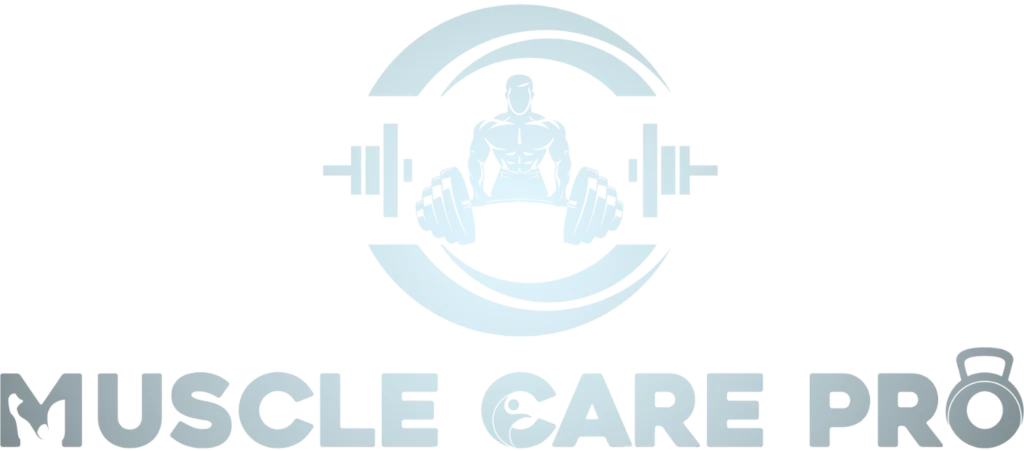What Muscles Does Cycling Work
The primary muscle groups that muscles cycling work utilizes are located in the legs, specifically the quadriceps, hamstrings, and calves. The glutes are also engaged to push down on the pedals. Furthermore, specific central muscles, like the abdominal muscles or the lower back, help maintain balance while riding.
Muscles cycling work is not just a leisurely bike ride, it’s a full-body workout! Engage your thighs, tighten your stomach, and build your endurance. Each pedal push works your calves, your core, and more. Are you ready to get stronger and conquer longer distances? Let’s ride! 🚴♂️
Riding a bicycle is a great way to work the muscles of the legs, mainly the quadriceps, hamstrings, and calves. Your gluteus muscles also assist with pedaling. Core muscles, such as the abdomen and the lumbar region, help maintain balance while bicycling.
Lower Body Muscles
Their lower body muscles are the main contributors for bicycle propulsion. The continuous action of pushing the pedals down is mainly performed by the quadriceps muscles, which are the large muscle group located at the front of the thigh. They provide the required drive for each individual stroke that would be going forward. Lastly, the hamstrings, which are situated at the back of the thighs, assist in bringing the pedals up again. These muscles also provide an even flow motion of pedalling.
The glutes, or buttocks, are crucial muscles in cycling. They maintain hip stability and provide significant power, especially when cycling uphill. The calf muscles in the lower leg assist in pedaling, working in harmony with the quadriceps and hamstrings to extend the feet and turn the pedals. All these lower body muscles work together to enhance both strength and endurance. The more you ride, the stronger these muscles become.
Core Muscles
It is important to note that core muscles are necessary components that aid in balance and stability during cycling activities. During cycling, the core of the body, otherwise known as the torso, remains static due to the tension in its abdominal muscles. These distinct muscles, known as the abs, can do much more than keep the body in position. Improved abdominals can straighten the back, thereby disabling one from resting on the bicycle’s handlebars. Abdominal muscles, referred to as obliques on the sides, also help in extra stability, especially when one is making turns or changing positions. This is where legal core responsibilities come in: maintaining upper body position and relieving stress.
Activities such as cycling, which in one way or another involves the back muscles, also depend on the lower back muscles. These are the muscles that help maintain proper posture of the spine by bracing oneself and preventing excessive forward lean. It is very important to develop strong lower back muscles so that they will not interfere with your cycling endeavors. They, together with the abs, also serve to reduce vibration, especially during torturous rides. More so, having core strength improves one’s cycling experience in terms of duration and comfort.
Upper Body Muscles
- Deltoids
Provide the necessary support and assist in balancing the rider while they are riding a bike.
- Arms
Provide support on the handlebars against body weight and assist in turning the handlebar.
- Forearms
Involved in helping the rider hold on to the handlebar firmly.
- Hands
Needed for ensuring a proper grip on the handlebars, especially whilst riding on bumpy surfaces.
- Core
Helps in balance and control, especially while riding on turns and rough terrain.
Targeted muscles
Biking works out a few important muscle groups but primarily focuses on the lower body. The quadriceps muscles that are situated on the frontal side of the thighs are responsible for every depression of the pedal. Hamstrings, situated at the back of the thighs, contribute to the upstroke, thus facilitating the pedal movement. Glutes or buttock muscles also play a significant role, especially when powering the pedals against an incline.
Also, core muscles are fundamental in maintaining the right balance and stabilizing your body. The abs and oblique musculature of the trunk help to maintain the upper body and avoid excessive forward leaning. Shoulders’ and arms’ exertion, as well as handgrip, serve the purpose of firmly holding the bike’s handlebars. These muscles of the upper body are helpful for control and balance while riding, in particular, when the terrain is uneven or during uphill rides.
Conclusion
Cycling is a great form of exercise that impacts various crucial muscles in the body. It is primarily focused on the lower body region, and specifically the quads, hamstrings, and calves, as they power every single stroke of the pedals. In addition to these leg major groups, glutes and core muscles are particularly important in providing stability and strength, respectively.
Riding a bike doesn’t require just the legs. The upper body includes the arms and shoulders, which are essential for a successful ride. They help control and balance, particularly in difficult terrains. In general, cycling is an aerobic activity that involves the use of all the muscles of the body, enhancing strength, endurance, and fitness.











